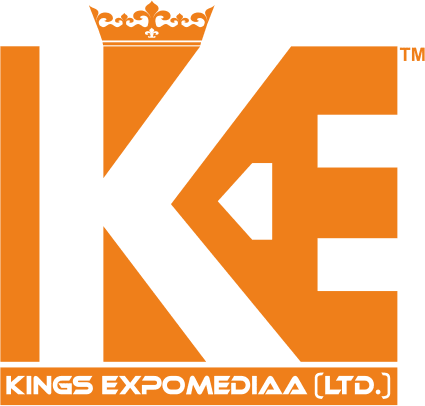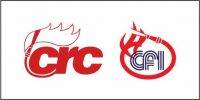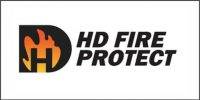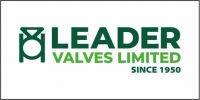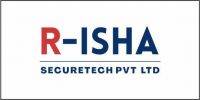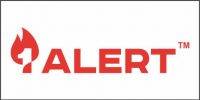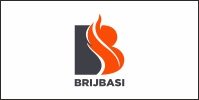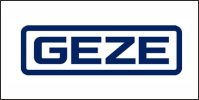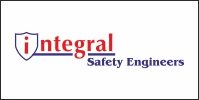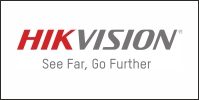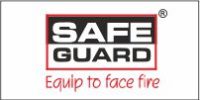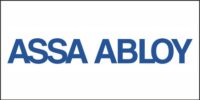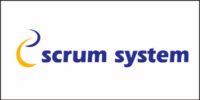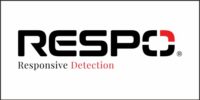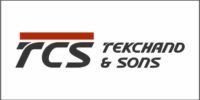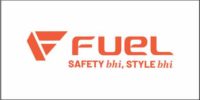 Working at height is an unavoidable aspect of operations in a wide array of industries including construction, oil and gas, power generation, telecommunications, maintenance, and infrastructure development. Despite advancements in technology and protective equipment, falls from height remain one of the leading causes of workplace fatalities and serious injuries globally. According to the International Labour Organization (ILO) and national safety boards, falls account for approximately one-third of all occupational deaths.
Working at height is an unavoidable aspect of operations in a wide array of industries including construction, oil and gas, power generation, telecommunications, maintenance, and infrastructure development. Despite advancements in technology and protective equipment, falls from height remain one of the leading causes of workplace fatalities and serious injuries globally. According to the International Labour Organization (ILO) and national safety boards, falls account for approximately one-third of all occupational deaths.
Thus, developing a deep understanding of working at height risks, implementing proactive measures, and building a culture of continuous safety improvement is critical for any organization committed to operational excellence and workforce protection. This whitepaper aims to serve as an in-depth guide for professionals seeking to master height safety, not just as a regulatory requirement, but as a cornerstone of sustainable and responsible business operations.
Understanding the Scope of “Working at Height”
Definition:
According to the Work at Height Regulations 2005 (UK) and equivalent standards worldwide, working at height means work in any place where, if precautions were not taken, a person could fall a distance liable to cause personal injury. This includes work above ground/floor level, near edges, holes, or fragile surfaces.
Common Scenarios:
- Roof work (installation, maintenance)
- Scaffold and ladder use
- Construction and repair of tall structures
- Warehouse operations (e.g., racking)
- Telecommunication tower maintenance
- Window cleaning at height
Statistics Highlight: In regions like North America, Europe, and Asia-Pacific, falls from height consistently rank among the top 3 causes of industrial fatalities, illustrating a universal safety challenge.
Fundamental Risk Assessment Before Starting Work
Risk assessment forms the bedrock of height safety management. Before any activity at height is undertaken, a thorough, documented risk assessment must be carried out to:
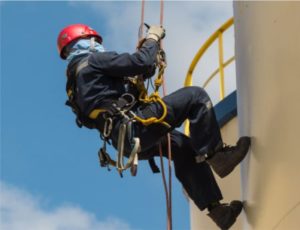
- Identify potential fall hazards.
- Evaluate who might be harmed and how.
- Determine existing control measures and their adequacy.
- Establish additional preventive or protective actions required.
- Plan for emergency rescue scenarios.
Key Considerations:
- Condition of surfaces (fragile, sloped, wet)
- Weather conditions
- Stability of structures and equipment
- Accessibility and egress
- Presence of overhead obstructions or powerlines
Methodologies:
Advanced methods such as Job Safety Analysis (JSA) and Hazard Identification and Risk Assessment (HIRA) should be integral parts of work planning.
Personal Protective Equipment (PPE) – Non-Negotiable Essentials
PPE is the last line of defense when other safety systems fail. Workers operating at heights must be equipped with the following:
- Helmets:
- Equipped with chin straps to prevent falling off during slips.
- Certified to relevant safety standards (e.g., EN 397, ANSI Z89.1).
- Harnesses:
- Full-body harnesses distributing fall forces over thighs, pelvis, chest, and shoulders.
- Regular inspections for wear, cuts, corrosion, or damage.
- Non-Slip Footwear:
- Shoes with rubber outsoles ensuring maximum traction.
- Designed to prevent slips on wet, oily, or uneven surfaces.
Selection Factors:
- Suitability for specific tasks.
- Compatibility with fall arrest systems.
- Comfort to encourage compliance.
Ensuring Stability – Ladders, Scaffolds, and Platforms
Ladders:
- Must be industrial-grade, structurally sound, and free from defects.
- Secure footing, correct angle (4:1 ratio), and non-conductive materials when working near electricity.
Scaffolding:
- Erected by certified scaffolders following international standards (e.g., OSHA 1926.451).
- Must include guardrails, toeboards, and safe access ladders.
- Regular inspection schedule (daily visual checks, detailed weekly inspections).
Mobile Elevated Work Platforms (MEWPs):
- Operators must be trained and certified.
- Fall protection must be worn even inside caged platforms.
- Engineering Controls – Guardrails and Fall Arrest Systems
Guardrails:
- Primary passive fall protection system.
- Top rails, midrails, and toeboards installed on open edges.
Fall Arrest Systems:
- Consist of anchor points, body harnesses, and connecting devices (lanyards, SRLs).
- Anchor points rated for minimum 5,000 lbs per worker (22.2 kN).
- Designed to arrest a fall before the worker contacts the lower level.
Rescue Plans:
- Fall arrest is not complete without a prompt rescue strategy. Prolonged suspension can lead to suspension trauma and medical emergencies.
- Environmental Considerations – Weather and External Conditions
- Adverse weather significantly increases the risk factor:
Hazardous Conditions Include:
- High winds affecting balance and material stability.
- Rain causing slippery surfaces.
- Lightning posing electrical risks at height.
- Extreme temperatures leading to heat stress or cold-induced fatigue.
Best Practices:
- Cease height work during storms or wind speeds above 40 km/h.
- Implement weather monitoring apps or systems.
- Training, Competency, and Worker Empowerment
- Training must extend beyond theoretical knowledge to include practical, situational exercises:
Core Training Topics:
- Risk awareness and hazard recognition.
- Correct use of PPE and fall arrest systems.
- Ladder and scaffold safety.
- Emergency rescue drills.
Certification: Workers should hold recognized certifications such as:
- Working at Heights Training (WAH) Certificate.
- Scaffold User Certification.
- Fall Protection Competent Person Certification.
Continuous Learning:
Safety refreshers, toolbox talks, and updates on new equipment or techniques ensure skill retention and knowledge relevance.
Housekeeping at Height – Orderliness Saves Lives
A cluttered work area at height is a fall hazard:
Housekeeping Measures:
- Securing tools with lanyards to prevent dropping.
- Keeping walkways and access points clear.
- Prompt cleanup of spills and debris.
- Use of tool belts, pouches, and buckets.
Accidents caused by trips and dropped objects are highly preventable through rigorous housekeeping discipline.
Building a Proactive Safety Culture
Regulations and equipment cannot succeed without the active involvement of every individual in the organization:
Leadership Commitment:
Senior leaders must demonstrate visible commitment through regular site visits, participation in safety meetings, and setting clear expectations.
Worker Engagement:
Workers must be empowered to “Stop Work” without fear of retaliation when unsafe conditions are detected.
Reporting and Feedback Mechanisms:
Non-punitive reporting systems for near misses, unsafe conditions, and improvement suggestions foster a learning organization.
Recognition Programs:
Acknowledging safe behaviors motivates positive reinforcement.
Compliance Standards and Regulatory Frameworks
Organizations must align with international best practices, including but not limited to:
- OSHA 29 CFR 1926 Subpart M (Fall Protection)
- ISO 45001:2018 (Occupational Health and Safety Management Systems)
- Work at Height Regulations 2005 (UK)
- ANSI/ASSE Z359 Standards (Fall Protection Code)
Compliance is the minimum standard; striving for zero-incident workplaces requires exceeding regulatory mandates.
Conclusion
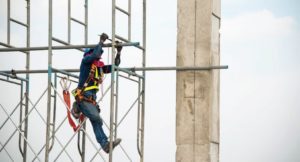 Working at height is a complex risk area demanding thorough planning, meticulous execution, and relentless vigilance. It is not simply about ticking boxes or passing inspections it is about safeguarding lives, empowering workers, protecting assets, and nurturing a sustainable operational environment. By embedding height safety principles into every operational aspect, organizations can drive measurable reductions in incidents, improve workforce morale, boost productivity, and establish themselves as leaders in responsible industry practices.
Working at height is a complex risk area demanding thorough planning, meticulous execution, and relentless vigilance. It is not simply about ticking boxes or passing inspections it is about safeguarding lives, empowering workers, protecting assets, and nurturing a sustainable operational environment. By embedding height safety principles into every operational aspect, organizations can drive measurable reductions in incidents, improve workforce morale, boost productivity, and establish themselves as leaders in responsible industry practices.
Ultimately, working at height safely is not just about compliance — it is a testament to an organization’s values, leadership integrity, and commitment to every human being under its care.
Stay alert. Stay prepared. Stay safe.
